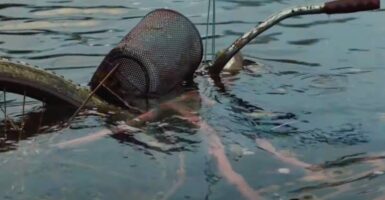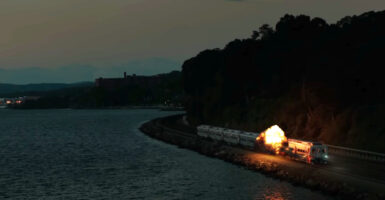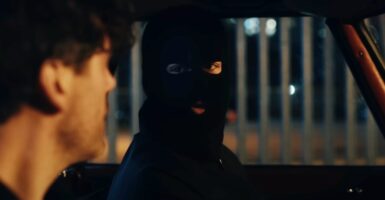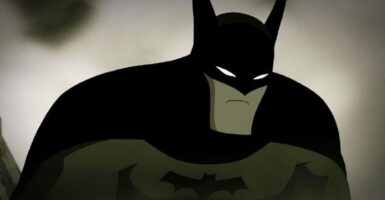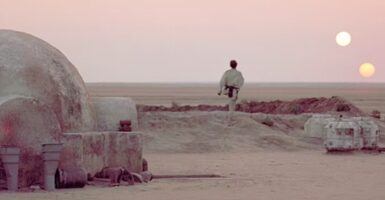Near-Perfect Neanderthal Model Not as Expendable as Lookalike Chuck Norris
This article is more than 2 years old

For two and a half months, a team of Buckingham model makers worked to create the most accurate representation of a Neanderthal man that has ever existed, combining the most complete Neanderthal skeleton ever found, called LaFarrassie 1, with a variety of other discovered bones that weren’t intact in Lafarrassie 1. It’s no surprise that this painstaking recreation of a 70,000-year-old being wasn’t sponsored by Elmer’s Glue.
LaFarrassie 1, obviously one of the world’s most important anthropological discoveries, was found in a cave in the Dordogne region of France in 1909. The skeleton itself, beyond the size and condition, was remarkable for the leg and foot bones, which proved that Neanderthals walked upright, something many scientists were mistaken about. Though it was missing a thorax, ribs, pelvis, and parts of the spine, U.S. paleoartist Viktor Deak provided copies of bones from another near-complete skeleton discovered in an Israeli cave in 1982.
A replica of the combined skeletons was sent to the team of model makers in Buckingham, who used every context clue imaginable, along with guidance from Deak and Professor Alice Roberts, in deciding the model’s stance, muscle mass, hair color, and skin tone. Details particular to La Farrassie 1, such as asymmetrical arm bones, a flattened humerus, and the age of the teeth aided in concluding the methods in which these beings would carry out daily duties, as well as the impact imparted onto them.
I can’t avoid it any longer! Almost every American site is making the Chuck Norris reference, so of course I followed suit. But one of the descriptive qualities about our old friend La Farrassie 1 is the lack of a defined chin. So I think we can all agree that, ipso facto, it looks nothing like Norris at all, and probably doesn’t even know any jokes about him.
La Farrassie 1 joins recreations of the wildly more famous Australopithecus relic Lucy, as well as one of the Homo erectus Nariokotome Boy, or Turkana Boy, for the BBC’s Prehistoric Autopsy, which British readers can watch here until October 31st. We lowly American brutes will have to wait for the BBC America transmission.

